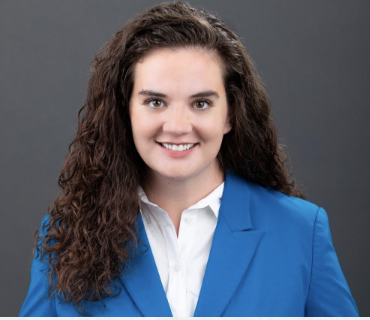By: Autumn Lorimer Linford
With the help of funding from the AJHA Hazel Dicken-Garcia Research Grant, I was able to travel to New York City and conduct research for my upcoming book, Extra! A History of America’s Girl Newsies, soon to be published by the University of Nebraska Press. While there, I was able to find archival materials focused on publishers’ rationale for lobbying Congress in the 1930s to exclude boy newspaper carriers—but specifically not girls—from the Fair Labor Standards Act of 1938. 
In Extra!, I detail the lives and gender-specific experiences of girl newsies and paper carriers. Since before the founding of the United States through the twenty-first century, the newspaper industry was held up by circulation departments that relied almost exclusively on children of all genders for distribution. Despite both girls and boys hawking the news, however, pop culture (and much of scholarly literature) surrounding newsies focuses on the boys. There are several wonderful works on newsies that successfully incorporate a handful of newsgirl stories in with the boys, but without fully exploring newsgirl experiences and contributions to news labor. As historian Jon Bekken lamented in a 2000 article in the journal Media History, “Popular mythology has little room for the women and girls who also worked as ‘newsboys.’”
By focusing the story of newsies on the newsboys, however, it has been too easy for pop culture to paint the history of child news labor as an example of the American dream. "These boys were not child laborers!" the movies and books seem to say. "They were independent young businessmen pulling themselves up by their bootstraps and getting a leg up in life!" Newsboy proponents point to the senators, presidents, sports heroes and movie stars who all started their careers as boys delivering newspapers, as if it were paper routes and selling papers on streetcorners that destined these men for greatness.
A surprising amount of newsgirl artifacts were archived, but as other scholars have often found when researching women and girls, first person documents written by newsgirls themselves were limited. I was able to answer many of my questions about their lives using workarounds any historian would be familiar with using, but I couldn’t answer everything. When and why did newsgirls and papergirls disappear, and when and why did they return? Even more vexing, how involved were newspapermen in that decision? Many of the presses who used child labor for circulation were the same newspapers and magazines that pushed for child labor regulation. Did the adults running newspapers understand their reliance on newsies and papergirls and boys was a reliance on child labor, or did they truly believe (as they often touted) that delivering newspapers was different than the other jobs children held in other industries?
I couldn’t find the answers to these questions in online newspaper archives or the scrapbooks, letters, and ephemera of newsgirls I’d found on other research trips. It was on my research trip to New York, using the generous funding of the Hazel Dicken-Garcia grant, that I finally discovered the truth about the role newspapers played in the lives of newsgirls. The archival materials I found in newspaper business files and correspondence between publishers and editors informed two of the final chapters in my book. Without the grant funding and this trip, Extra! would be incomplete. Instead, I hope to offer an addition to media and gender history that challenges some of the existing notions of newsie labor and helps grow our understanding of the contributions of women and girls to journalism history.
Autumn Lorimer Linford is an assistant professor of journalism at Auburn University.
Editor's Note: Extra! A History of America’s Girl Newsies is scheduled to hit shelved early fall 2026 through the University of Nebraska Press. Other research conducted during the same trip to New York City helped inform "'Is This an Evil Practice?' Newspapers and Newsgirls,” which won top faculty paper at AEJMC History Division 2024.

